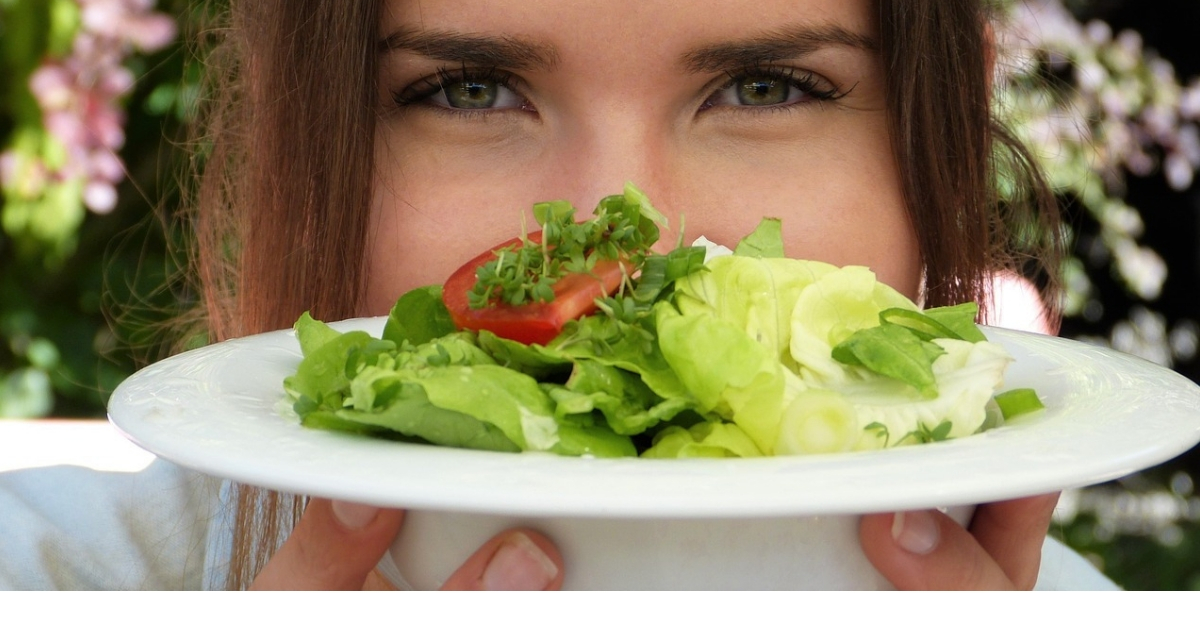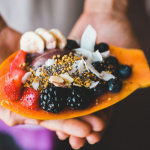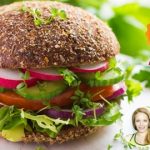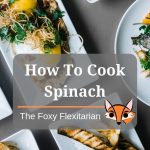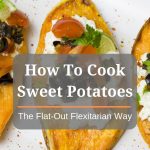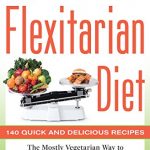Being vegetarian is generally healthier than being a carnivore. But you have to know what you are doing. The key is making sure you get enough protein, vitamin B12, and iron. Don’t live off dairy and wheat, which are the most common allergy-provoking foods. – The Low GL Bible by Patrick Holford Flexitarianism is a […]
Healthy Flexitarian Meal Planning For Families – A Beginner’s Guide
Let’s face it. Meal planning for families can be daunting. Life gets busy and cooking healthy meals at home can be challenging. Whether you work unusual hours, go to the gym several times a week. or your kids are monsters at mealtimes, cooking at home may feel stressful and sometimes impossible. But First, What’s A […]
Vegan Nutrition Health Coach Certification
Become a Vegan Nutrition Certified Health Coach, Learn Vegan Cooking, Embrace a Holistic Approach to Food What you’ll learn You will learn how to turn your passion for a healthy vegan lifestyle into a profitable coaching business to help others overcome their health challenges. You will learn to set goals and implement winning action plans […]
How To Cook Spinach The Healthy Flexitarian Way
The How To Cook Spinach The Healthy Flexitarian Way provides you with easy delicious recipes, videos, inspiration, fabulous flavour combinations, and the best techniques for cooking spinach. When it comes to dark leafy vegetables, spinach and Swiss chard are powerhouse choices. Good raw in salads, it is also delicious when cooked and served as a side […]
How To Cook Sweet Potatoes
In this flexitarian cooking guide you’ll get recipes, videos, inspiration, fabulous flavour combinations, and the best techniques for how to cook sweet potatoes. Sweet potatoes are an extremely versatile nutrient-dense power food with endless possibilities in the flexitarian kitchen. It also has many therapeutic properties, including high fiber. How To Cook Sweet Potatoes – Cooking […]
The Flexitarian Diet by Dawn Jackson Blatner
The Mostly Vegetarian Way to Lose Weight, Be Healthier, Prevent Disease, and Add Years to Your Life Dawn has reviewed and critiqued many new diet books for newspapers and magazines. She knows what to look for in a good one – realistic and scientifically sound advice. No quick fixes or junk science. Within the pages […]
